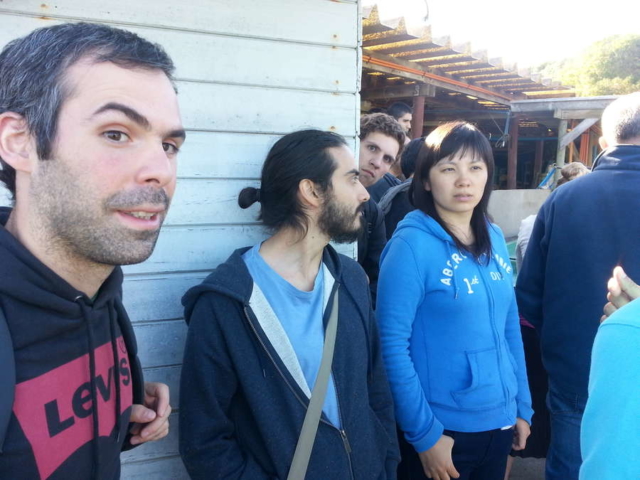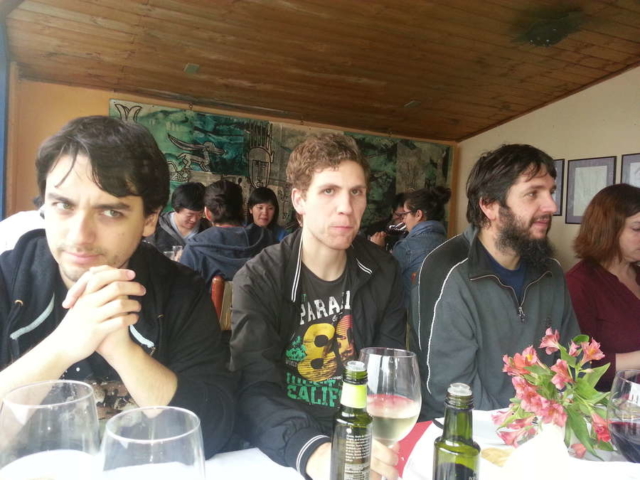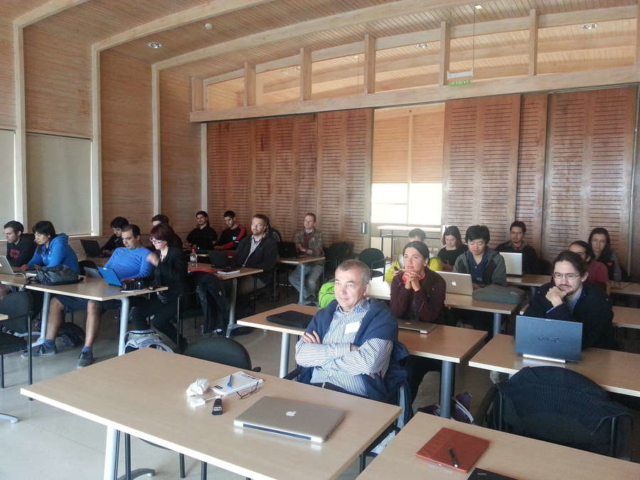TOPIC
Super-Massive Black Hole Binaries are formed after galaxy mergers, a relatively common process that shapes the growth of structure in the Universe. Understanding the evolution of binaries, that is, whether they merge, how long this process takes, how gas and stars nearby affect the evolution of the binary, and how the black holes affects the host galaxy, is a crucial ingredient to have a complete model of galaxy evolution. Nowadays we have numerous observations of massive black hole pairs in galaxies, with separations of thousands of light years. However, the presence of binaries, that is, pairs gravitationally bound with separations below a few parsecs, has not been yet unambiguously established.
ORGANISERS:
Pau Amaro Seoane (SOC chair), Patricia Arévalo, Jorge Cuadra (LOC chair), Andrés Escala, Stefanie Komossa, Paulina Lira, Alberto Sesana and Taka Tanaka.
PARTICIPANTS: 31
Pau Amaro-Seoane, Patricia Arévalo, Roberto Assef, Paulina Assmann, Franz Bauer, Patrick Brem, Erin Bonning, Sarah Burke-Spolaor, Régis Cartier, Xian Chen, Monica Colpi, Jorge Cuadra, Jane Dai, Luciano del Valle, Alex Dunhill, Andrés Escala, Camilo Fontecilla, Felipe Garrido, Marat Gilfanov, Zoltan Haiman, Bence Kocsis, Stefanie Komossa, Paulina Lira, Eva Martínez Palafox, Cristián Maureira, Matías Montesinos, Robert Nikutta, Alberto Sesana, Marko Stalevski, Takamitsu Tanaka, Ezequiel Treister, José Utreras
PICS










































































